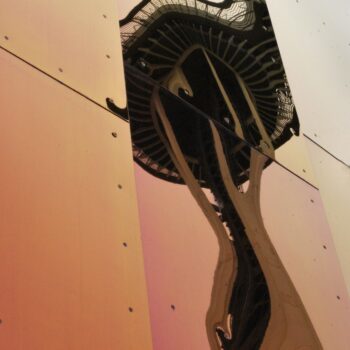
Double Your Profits in Two Years or Less
Steve Jobs soon realized Apple could never compete with an identical product on equal terms with larger, more well-funded companies with national and global marketing capabilities and large cadres of engineers and other professionals. So borrowing new technologies developed by Xerox Park Research Labs in Palo Alto, he launched the Lisa in 1983 and the Macintosh in 1984, the first personal computers with a mouse and graphical user interface (GUI). Years ahead of the competition in terms of technology, Apple carved out a 15% market share in the USA but was never able to fully capitalize on the sophisticated capabilities of its user-friendly products. Organizational weaknesses, internal frictions and operational inefficiencies held it back. Jobs concluded the problem was still with the technology, rather than with the organization, so after being thrown out of Apple, he founded NeXT Computers to build the perfect personal computer and he did it. The only problem was he could not sell what he produced. He invested his earnings from Apple to build a state-of-the-art factory capable of producing tens of thousands of computers a month, but actually sold only about 400. He still hadn’t learned the lesson that market and technology were only elements of a bigger picture. By the time he returned to Apple in 1996 years later, he understood what he had been missing. Apple’s market share had fallen to five percent and the company was bleeding. Few believed it had a future. Michael Dell publicly advised Jobs to sell off the assets and close the company. It’s ironic that Dell failed to recognize the organizational potential of his own ideas. Jobs’ imitated Dell’s just-in-time supply chain management system to cut costs dramatically and produce competitively priced, superior quality computers. Apple took the first tentative steps on the path of recovery that would lead it to the top of the business world.
- Posted by Garry Jacobs
- On December 2, 2015
- 0 Comment


Leave Reply